Monday, July 29, 2019
Printer Friendly Version in PDF Format (11 PDF pages)
Dementia Research, Care, and Services: Indicators of Progress
Emma Nye and Helen Lamont
Office of the Assistant Secretary for Planning and Evaluation
Choosing indicators
- Asked federal partners to identify important indicators of progress
- Both qualitative and quantitative
- Not all indictors available since 2011
- Recognition of importance of measuring progress
- Many indicators align with multiple action steps in the National Plan
Aligning Indicators to the National Plan
- Used Driver Diagram to map indicators to National Plan
- Not every Strategy or Action item can be measured quantitatively
- Think about changing the National Plan to encourage measurement
| Action Number | Action Description (from Plan) |
Method of Action | Lead Agency | Partner(s) | Project Completion Date/Status | Activities in 2017 and 2018 | Pertinent Indicators |
|---|---|---|---|---|---|---|---|
| Strategy 2.H: Improve Care for Populations Disproportionally Affected by Alzheimer's Disease and Related Dementias and for Populations Facing Care Challenges | |||||||
| 2.H.1 | Create funding opportunities for organizations to improve care for these specific populations. | Fund dementia-capable systems to implement new programs designed to provide more effective services to: (1) individuals living alone in the community with dementia; (2) individuals with IDD who have or are at risk of developing dementia; (3) caregivers who need behavioral symptom management training or expert consultations to help them care for family members. | ACL | Ongoing | ACL awarded 11 community-based grants in 2017 for a total of 43 projects in 28 states and Puerto Rico awarded since 2014. ACL anticipates awarding additional grants in 2018. Note that future grants are contingent on availability of funding. |
|
|
National Institutes of Health
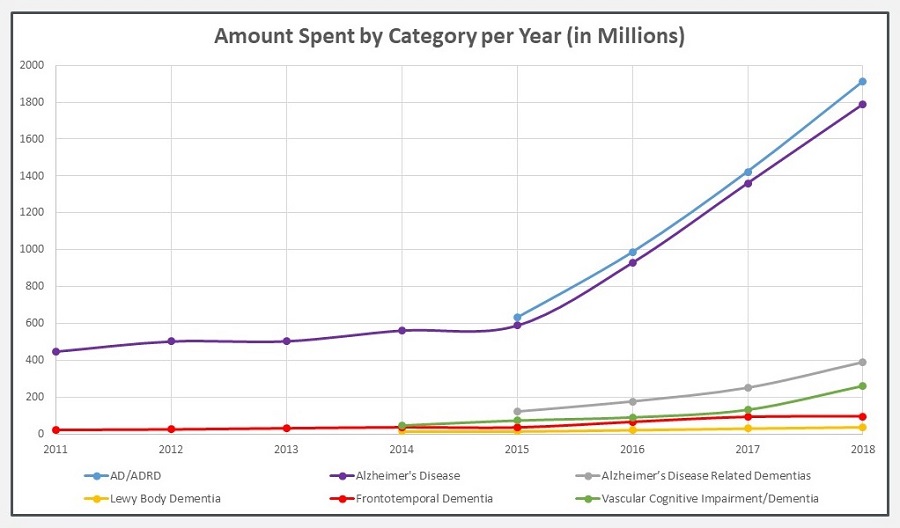 |
| 1.B: Expand research aimed at preventing and treating Alzheimer's disease and related dementias |
 |
| 1.B: Expand research aimed at preventing and treating Alzheimer's disease and related dementias |
 |
| 1.B.3: Increase enrollment in clinical trials and other clinical research through community, national, and international outreach. 1.B.5: Conduct clinical trials on the most promising pharmacologic interventions. 1.B.6: Continue clinical trials on the most promising lifestyle interventions. |
 |
| New to the Field (NTF) Definition: Awardees with no AD/ADRD award or application prior to FY2015 from NIH |
Department of Veterans Affairs
 |
| 1.B.3: Increase enrollment in clinical trials and other clinical research through community, national, and international outreach. 1.B.5: Conduct clinical trials on the most promising pharmacologic interventions. 1.B.6: Continue clinical trials on the most promising lifestyle interventions. |
 |
| 2.A.4: Develop and disseminate a voluntary unified primary care AD/ADRD curriculum. 2.A.15: Disseminate CMS Hand-in-Hand dementia training materials in VA CLCs. |
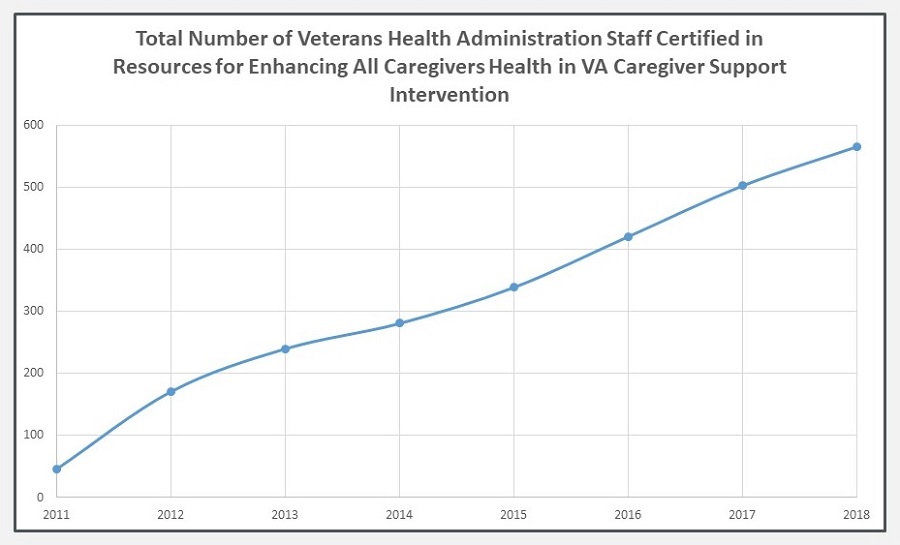 |
| 3.B: Enable family caregivers to continue to provide care while maintaining their own health and well-being. |
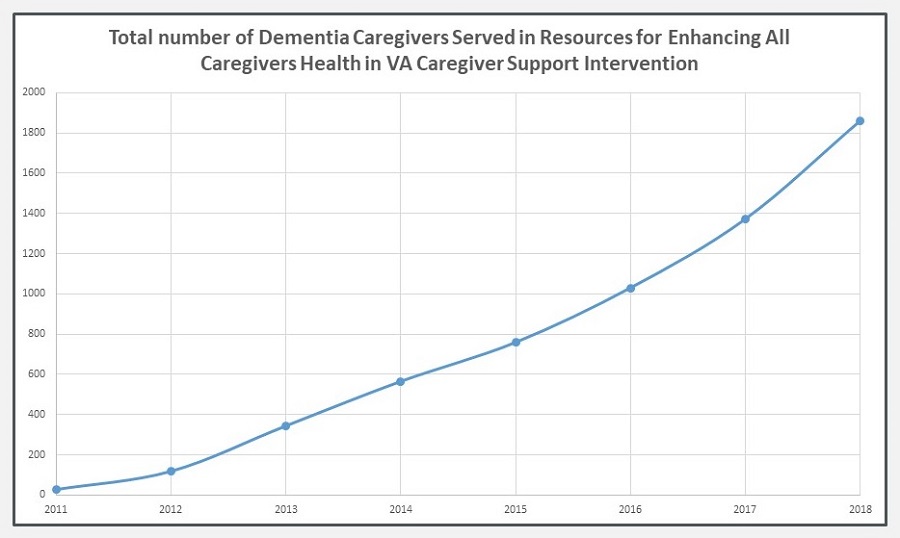 |
| Strategy 3.B: Enable family caregivers to continue to provide care while maintaining their own health and well-being |
National Science Foundation
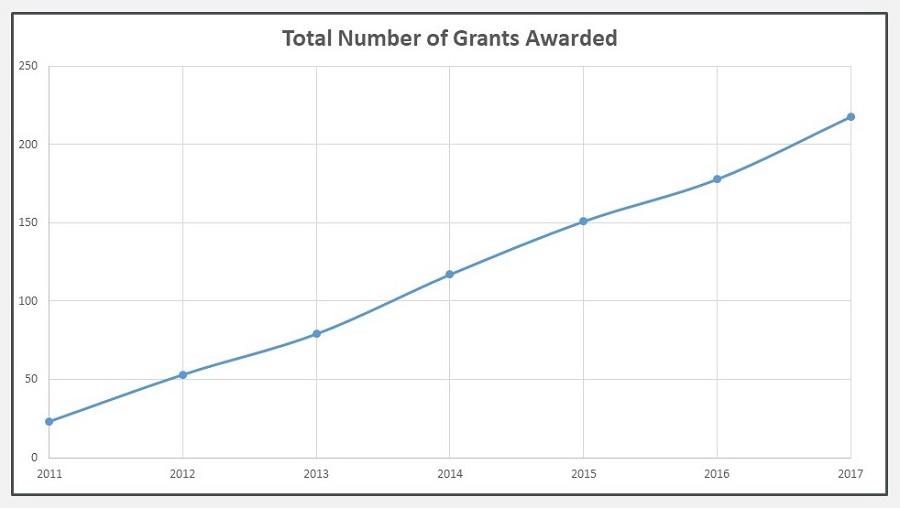 |
| 1.B: Expand research aimed at preventing and treating Alzheimer's disease. |
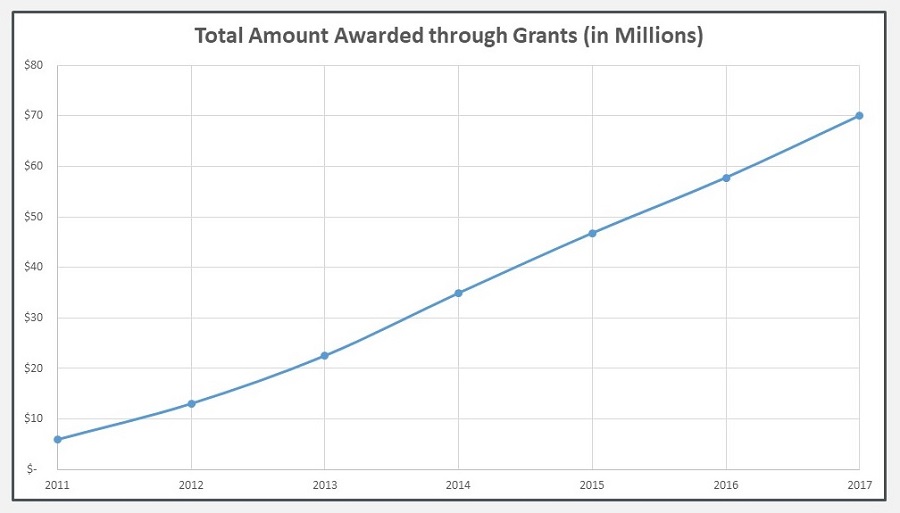 |
| 1.B: Expand research aimed at preventing and treating Alzheimer's disease. |
Health Resources and Services Administration
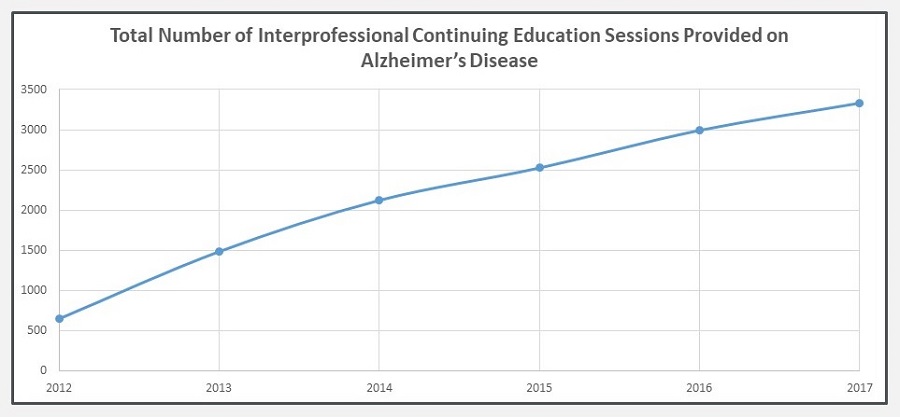 |
| 1.E.1: Leverage public and private collaborations to facilitate dissemination, translation, and implementation of research findings. 2.A.1: Educate health care providers 2.A.2: Encourage providers to pursue careers in geriatric specialties. 2.A.3: Strengthen state aging, public health, and IDD workforces. 2.A.4: Develop and disseminate a voluntary unified primary care AD/ADRD curriculum. 2.C.1: Educate physicians and other health care providers about accessing LTSS. 2.D.3: Clarify and disseminate information on privacy, autonomy, and safety issues for physicians. |
 |
| 1.E.1: Leverage public and private collaborations to facilitate dissemination, translation, and implementation of research findings. 2.A.1: Educate health care providers 2.A.2: Encourage providers to pursue careers in geriatric specialties. 2.A.3: Strengthen state aging, public health, and IDD workforces. 2.A.4: Develop and disseminate a voluntary unified primary care AD/ADRD curriculum. 2.C.1: Educate physicians and other health care providers about accessing LTSS. 2.D.3: Clarify and disseminate information on privacy, autonomy, and safety issues for physicians. |
 |
| 2.A.5: Ensure aging and public health network providers have access to research-based up-to-date information on AD/ADRD. 3.B.9: Develop and disseminate information to caregivers on AD/ADRD and caregiving. |
Centers for Disease Control & Prevention
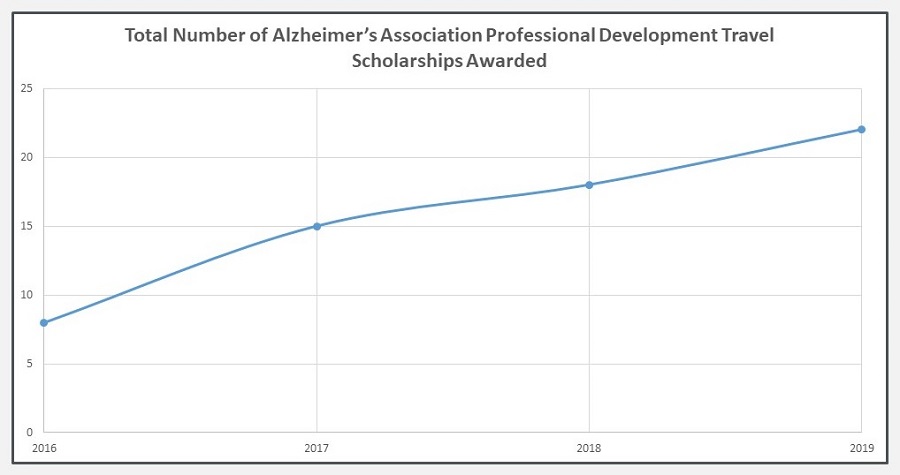 |
| 1.E.1: Leverage public and private collaborations to facilitate dissemination, translation, and implementation of research findings. 2.A.1: Educate health care providers 2.A.2: Encourage providers to pursue careers in geriatric specialties. 2.A.3: Strengthen state aging, public health, and IDD workforces. |
- Develop and Facilitate Implementation of National Priorities for State and Local Public Health every five years for dementia, brain health, and caregiving.
- 2013: Released the 2nd Healthy Brain Initiative Road Map for State and Local Public Health
- 35 actions aligned with 4 Essential Services of Public Health.
- 2018: Released the 3rd Healthy Brain Initiative Road Map for State and Local Public Health
- 25 actions aligned with 4 Essential Services of Public Health and a newly added focus on caregiving.
- 2013: Released the 2nd Healthy Brain Initiative Road Map for State and Local Public Health
- Develop and Facilitate Implementation of National Priorities for Public Health within Indian County for dementia, brain health, and caregiving
- 2019: Released the 1st Healthy Brain Initiative Road Map for Indian Country
- 8 actions aligned with 3 Essential Services of Public Health.
- 2019: Released the 1st Healthy Brain Initiative Road Map for Indian Country
Administration for Community Living
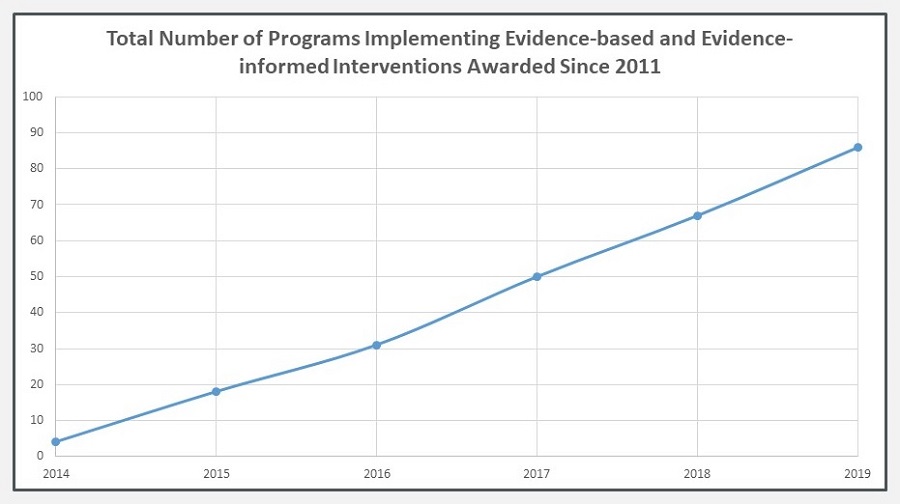 |
| 2.F.1: Implement and evaluate new care models to support effective care transitions for people with AD/ADRD. 2.H.1: Create funding opportunities for organizations to improve care for these specific populations. 2.H.3: Target resources towards the IDD and dementia population. 3.B.1: Develop and disseminate evidence- based interventions for people with AD/ADRD and their caregivers. 3.B.2: Provide effective caregiver interventions through AD-capable systems. |
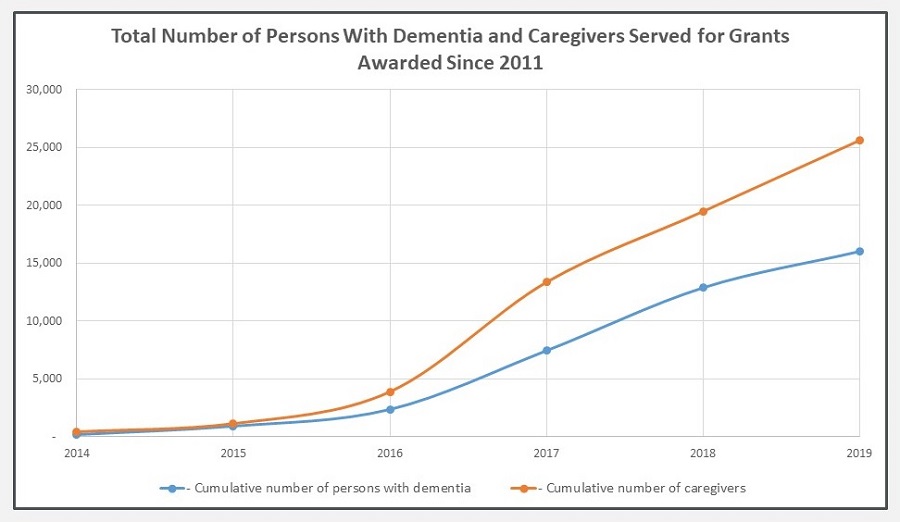 |
| 3.A.1: Distribute materials to caregivers. 3.B.1: Develop and disseminate evidence- based interventions for people with AD/ADRD and their caregivers. 3.B.2: Provide effective caregiver interventions through AD-capable systems. |
 |
| 3.A: Ensure receipt of culturally sensitive education, training, and support materials |
